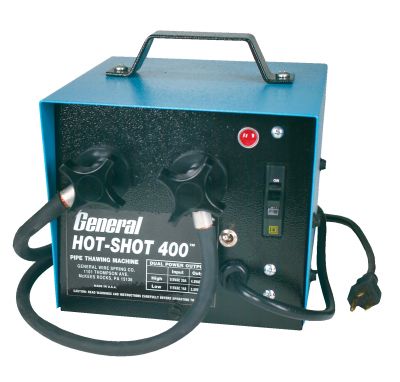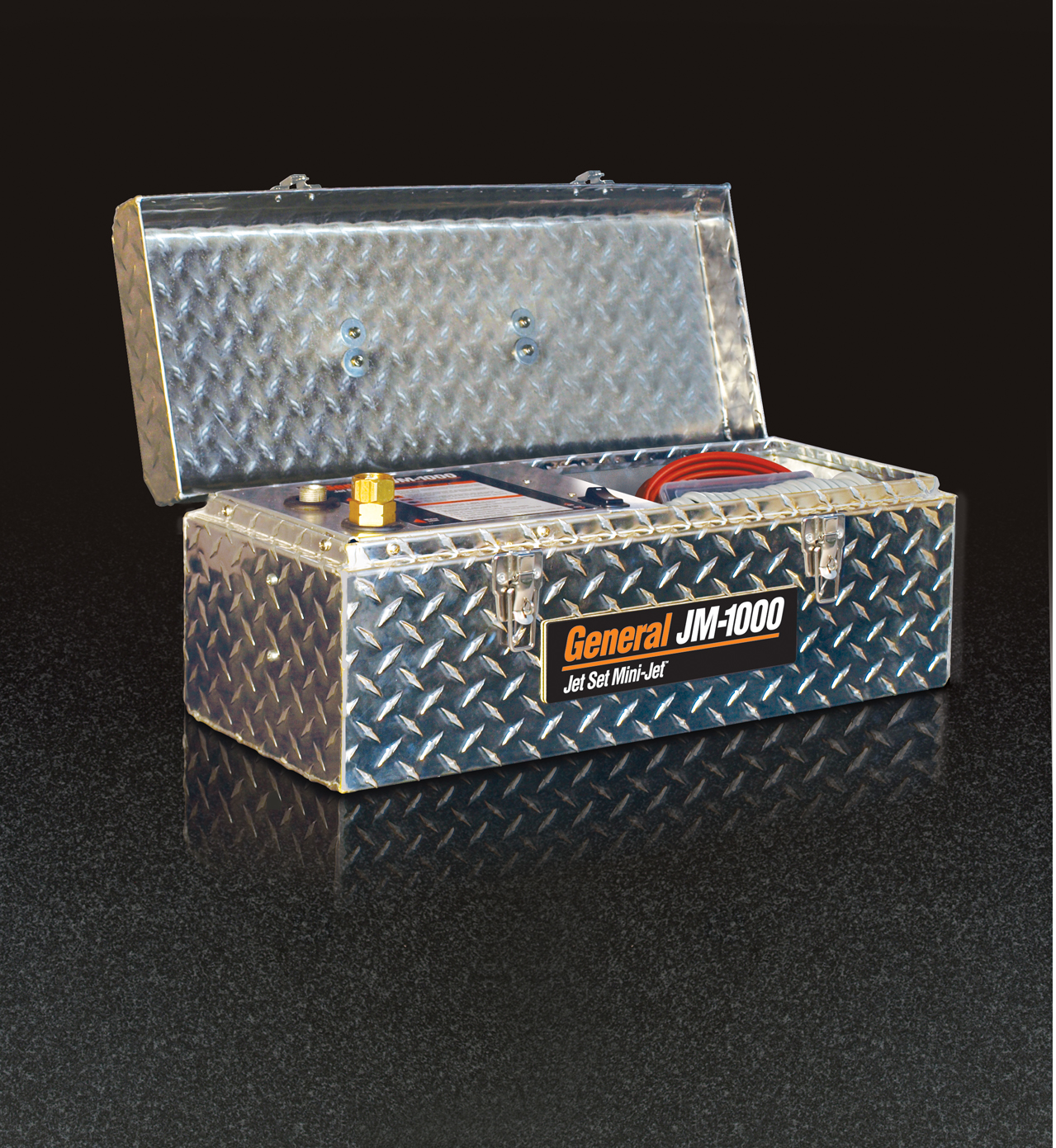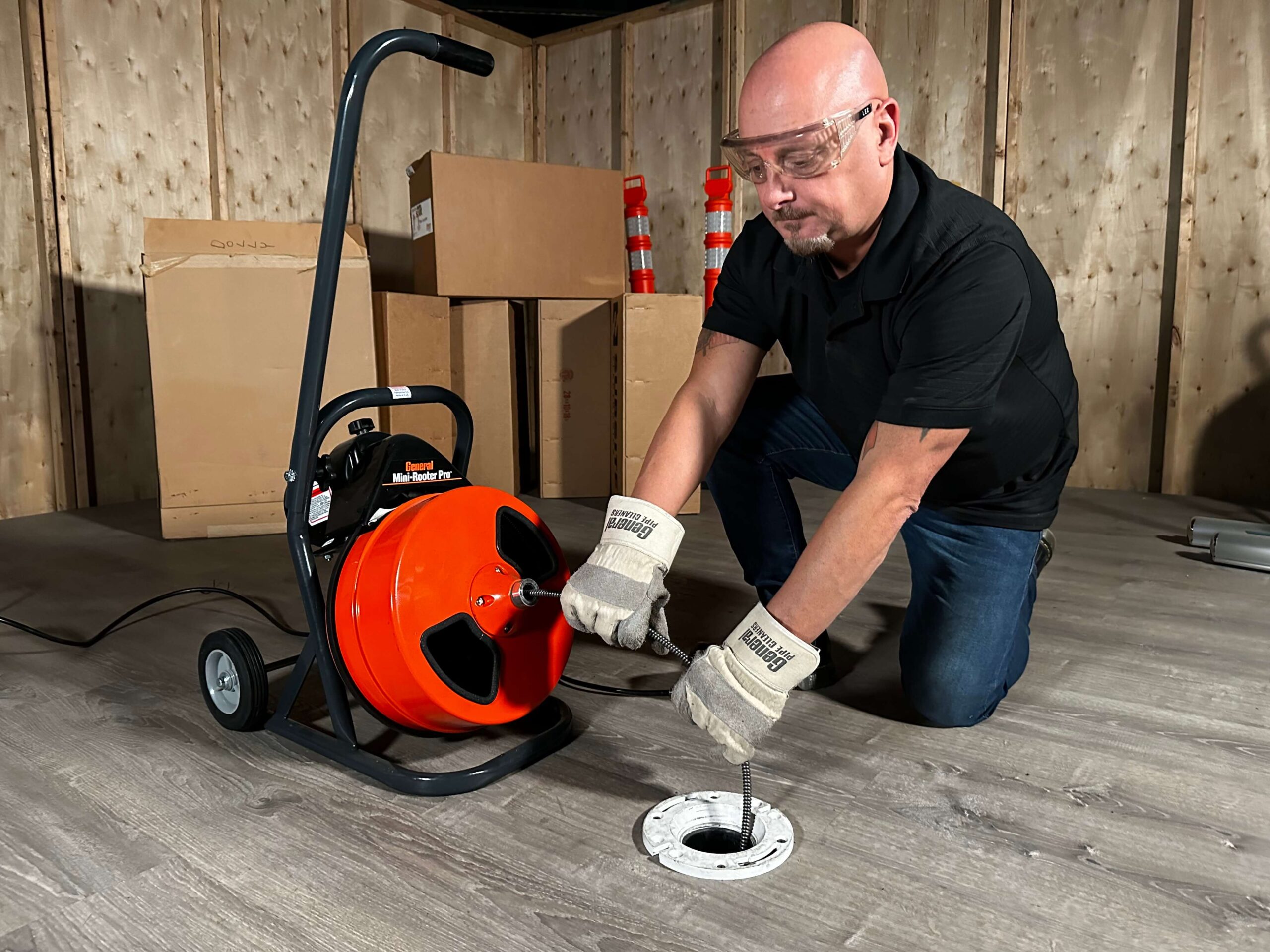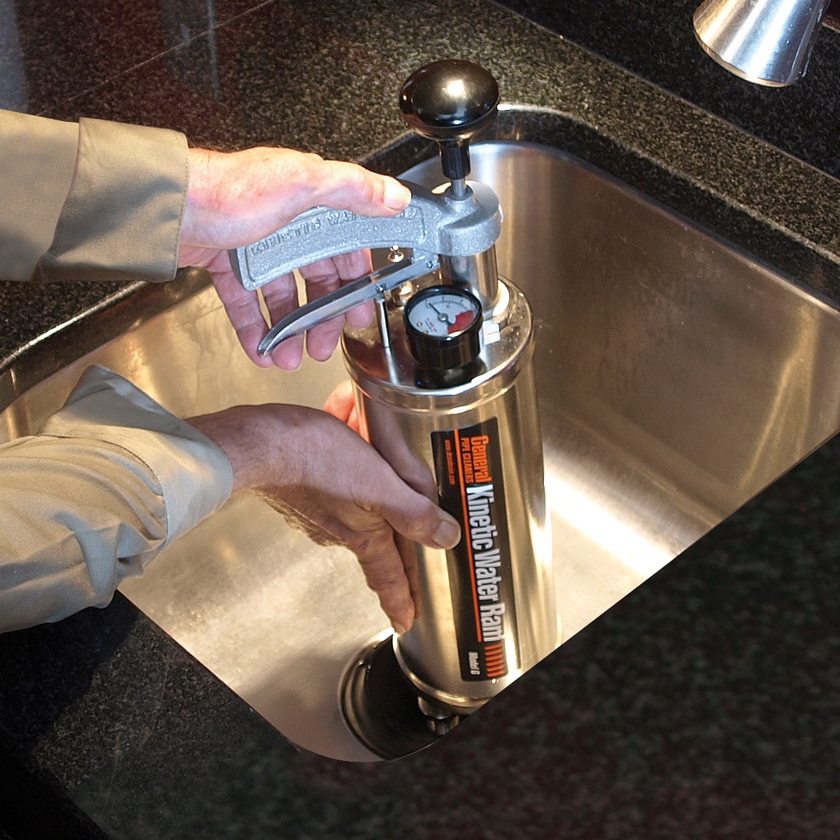The cold weather months are upon us, and while that tends to have heating professionals running from jobsite to jobsite, plumbers know the plight of pipes once the snow begins to fall, and that heating systems are not the only mechanical systems causing emergency calls out there.
Poorly insulated water lines that have been installed on exterior walls, often under closed-in kitchen cabinets or in crawl spaces, are susceptible to freezing – as are the lines that have not been buried deep enough to stay below the frost line. And frost lines can change from year-to-year, meaning that a cold snap that dips below the norm can have customers on the phone placing emergency calls to the closest plumber who can fix the problem.
Thankfully there’s a wide array of tools that can help get the water flowing again, on both the delivery and the drainage sides of the system.
Preventive Measures
I like talking about tools, and matching the right tool to the task at hand, but when it comes to frozen pipes, the best tool is often prevention. Rather than waiting for a problem to develop, adding insulation or heat tape to vulnerable pipe systems can keep a problem from developing.
Sometimes just placing a lamp with an incandescent bulb under a sink during a cold snap can provide enough heat to prevent supply lines from freezing up. In some cases, leaving the water flowing at a slight dribble could also help keep the line from developing an ice blockage.
If a blockage has developed, however, it helps to keep Rule #1 in mind: Do no harm.
Check for cracks in the pipe, and be ready to deal with a flood, and to do a quick repair job, if the ice has broken through the pipe wall.
Having a Blast
When it comes to clearing ice in a waste or vent line, the right tool will make short work of the task, but what to use?
Some cable rooters will have accessories that look like they might be up for the job, and some might be able to handle a small blockage, but using an average rooter and cutter combination will likely end up with only a partial path being cleared, along with a fair bit of frustration, and in cases of an extreme ice blockage, possibly some damaged tools.
The hard part with trying to clear ice with a cutter is that as the blockage starts to break apart slush can form and the blockage form again and again, not unlike what happens with a grease blockage.
The best tool to clear an ice blockage in a waste or vent line is a water jet. A 3,000-psi, four-gallon-per-minute jet can thaw a four-inch line at a foot per minute, even when using cold water. Cold water is often advisable to use, since hot water may cause thermal shock to the pipes and joints in piping system, putting undue stress and possibly causing just as much damage as the original ice blockage.
Water supply lines that have been blocked by ice can be made fluid again by using a pipe thawing machine. These units use low-voltage power with a high current to react with the metal pipe and provide enough heat to melt the ice. These types of machines will not work on plastic, and should not be used on non-metal pipes.
Thawing machines are a much preferred method to the use of blow torches or welding torches that some plumbers have been known to reach for. Those methods should not be used, and present a significant fire risk. The last thing a plumber wants to do is burn down a customer’s house because water won’t reach a faucet.
Working the Jetter
Clogged lines should be jetted from the downstream side. This allows water and debris to flow more easily out of the line.
When thawing ice, this becomes even more important since the ice will start to flow downhill. If you attempt to clear the blockage from the upstream side, the water you add to the line could freeze before the clog is cleared, and this could cause a backup of water, flooding the house.
When picking a nozzle to use with your jetting equipment, look for one with one or more forward jets, in addition to the rear jets. This will help with the melting of the ice block, as well as the removal of debris and cleaning of the pipe walls.
Hot water is not necessary to clear ice. Cold water will do the job without risking damage to the jetter’s pump, since most pumps don’t like water above 160 degrees (71°C).
Vents Freeze Too
Ever get a call about vents being frozen or blocked?
It’s not all that common, but isn’t unheard of. Overhanging trees can drop leaves and needles that find their way into vent pipes, and snow on a roof can also block the way and cause problems. A jetter can help clear the airway to get the water in the plumbing system flowing properly again.
Contact the Drain Brains® at General at 800-245-6200 or by email [email protected].





